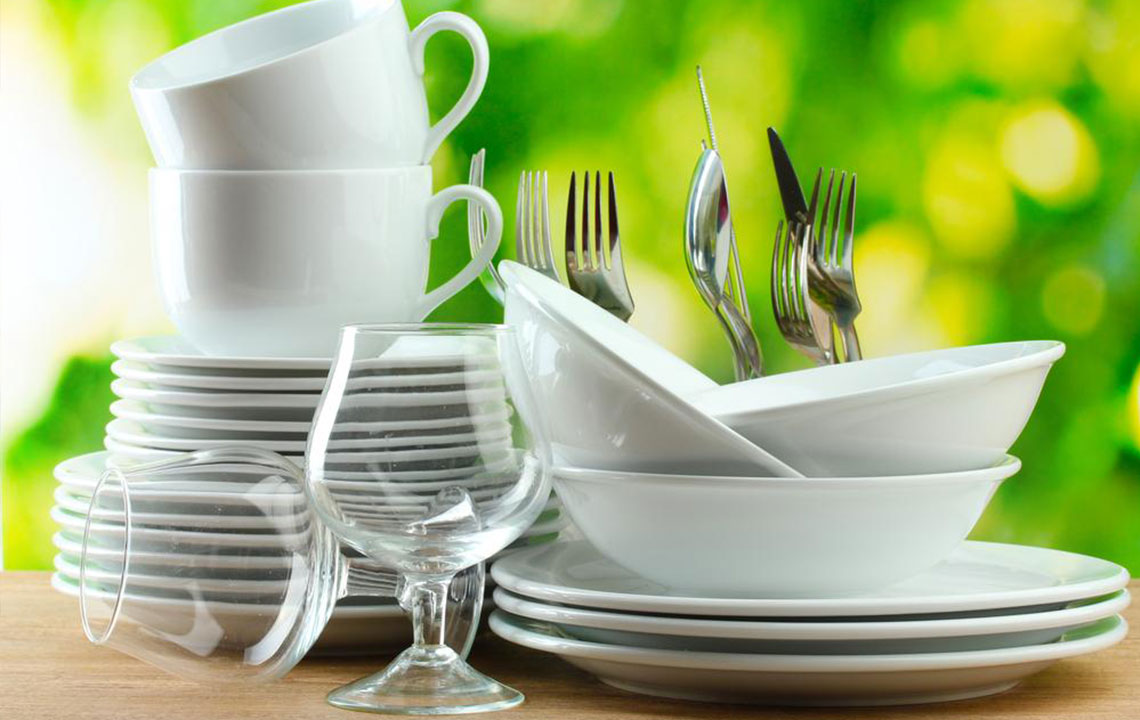A Guide To Buying The Best Fiesta Dinnerware
The Fiesta dinnerware was introduced by the Homer Laughlin China Co. in 1936. It brightened the Depression-era homes until 1972 when the production of the line was stopped. The colorful, glazing and sleek Art Deco style made Vintage Fiestaware highly demanded by collectors. The company re-launched the range in 1986. The new line was microwaveable, ovenproof, and dishwasher-safe, unlike vintage Fiesta dinnerware. There are certain things you should know in order to distinguish vintage from contemporary Fiesta dinnerware in order to make an informed purchase.

Identifying Vintage Fiesta
Fiesta dinnerware has concentric rings, which widen towards the rim. The joints of the handles have subtle ornamentation. The items with pedestal base like the onion soup bowls have the iconic rings of this range. Dishes and bowls are typically round or oval and the hollow-ware like the marmalade jars are globe-shaped. Vintage dishware of this range display uneven glazing but the newer pieces have consistent finishes.
Contemporary vs. Vintage
There are certain differences between the contemporary and vintage Fiesta dinnerware. Anything that was made between 1936 and 1972 falls in the vintage category. There are guidebooks available if you need help in identifying original Fiesta. For instance, the vintage teapots used to have flat lids but the modern teapots have bubble lids. You will see full-circle handles in vintage teacups but the contemporary teacups have partial-circle handles. While buying, the customer must check the characteristics of each piece individually, since the company modifies designs regularly leading to quite a few variations.
Fiesta backstamps
Many Fiesta items are stamped with a certain combination of “Made in the USA” and “Fiesta, HLC”. The company also added “Genuine” in the late 1930s. While many items had molded stamps, some others lack them due to design limitations. A Fiesta guidebook is the best thing to confirm the authenticity of an item. After 1986, Fiesta dinnerware has a small “H” on the underside. The new bowls and places have an ink stamp.
Vintage Fiesta colors
Fiesta dinnerware was originally available mainly in five colors – green, old ivory, red, yellow, and cobalt blue. Then in 1937, turquoise was introduced. The single-glazing process modernized the manufacturing process and also helped to cut costs.
Radioactive Red
The original red, also called “radioactive red” got its color mainly due to the presence of minor uranium oxide in the glaze. The uranium glazing was halted as the country decided to take part in the World War II. It was in 1959 when the company decided to revive the radioactive red pieces but this time it used depleted uranium oxide. The Bionucleonics Department of Purdue University measured the radiation levels of the dishware line and confirmed that it was within the safety range.
Color history
Red, turquoise, and yellow among the original colors of Fiestaware survived till the late 1960s. In 1951, old ivory, green, and blue gave passage to soft pastels. In 1959, an uncommon variation was introduced, which was medium green. It was turf green and antique gold that closed out the vintage years of Fiesta. Contemporary Fiesta colors are quite similar to the vintage colors. Hence, interested people should look at authoritative pictures to confirm the authenticity.
Rare Fiestaware
Fiesta kept staples like disc pitchers, plates, and bowls but discontinued or redesigned other pieces. The year 1936 saw the release of 34 items, including compotes, covered casseroles, and sugar bowls. Homer Laughlin modified its original items thereby making Fiesta’s freshman class heavily enviable among collectors. People must buy items with lids because it is quite difficult to find singleton lids.
Rare Colors
The medium green pieces were manufactured between 1959 and 1969. It can be difficult to tell the difference between all the greens. Some compare the medium green to John Deere green. The 2-quart disc pitcher in medium green is a rare collectible. Other rare items include onion soup bowls in turquoise that were manufactured only for a few weeks and discontinued in the late 1930s. The old ivory colored onion soup bowls with red stripes are also rare.




